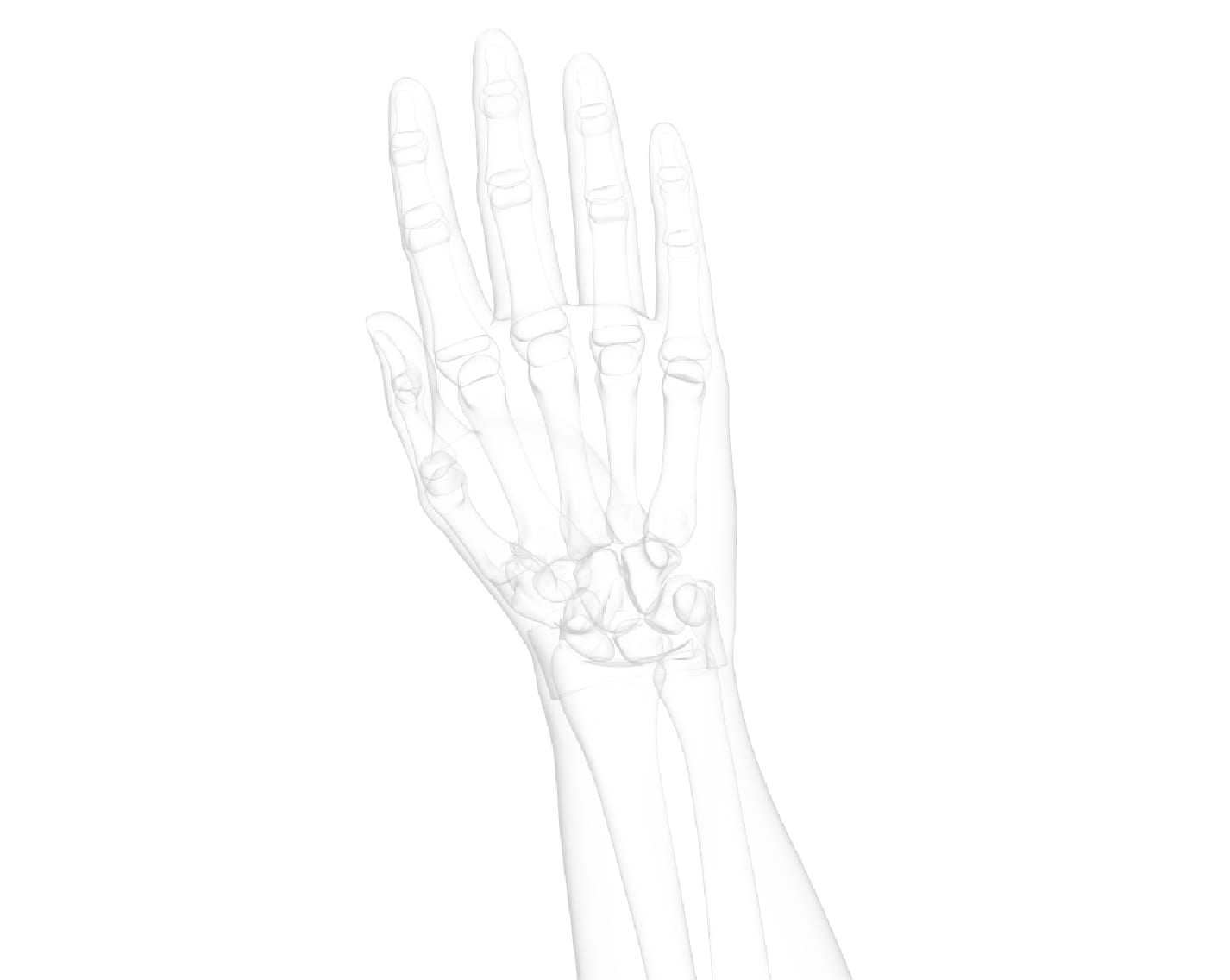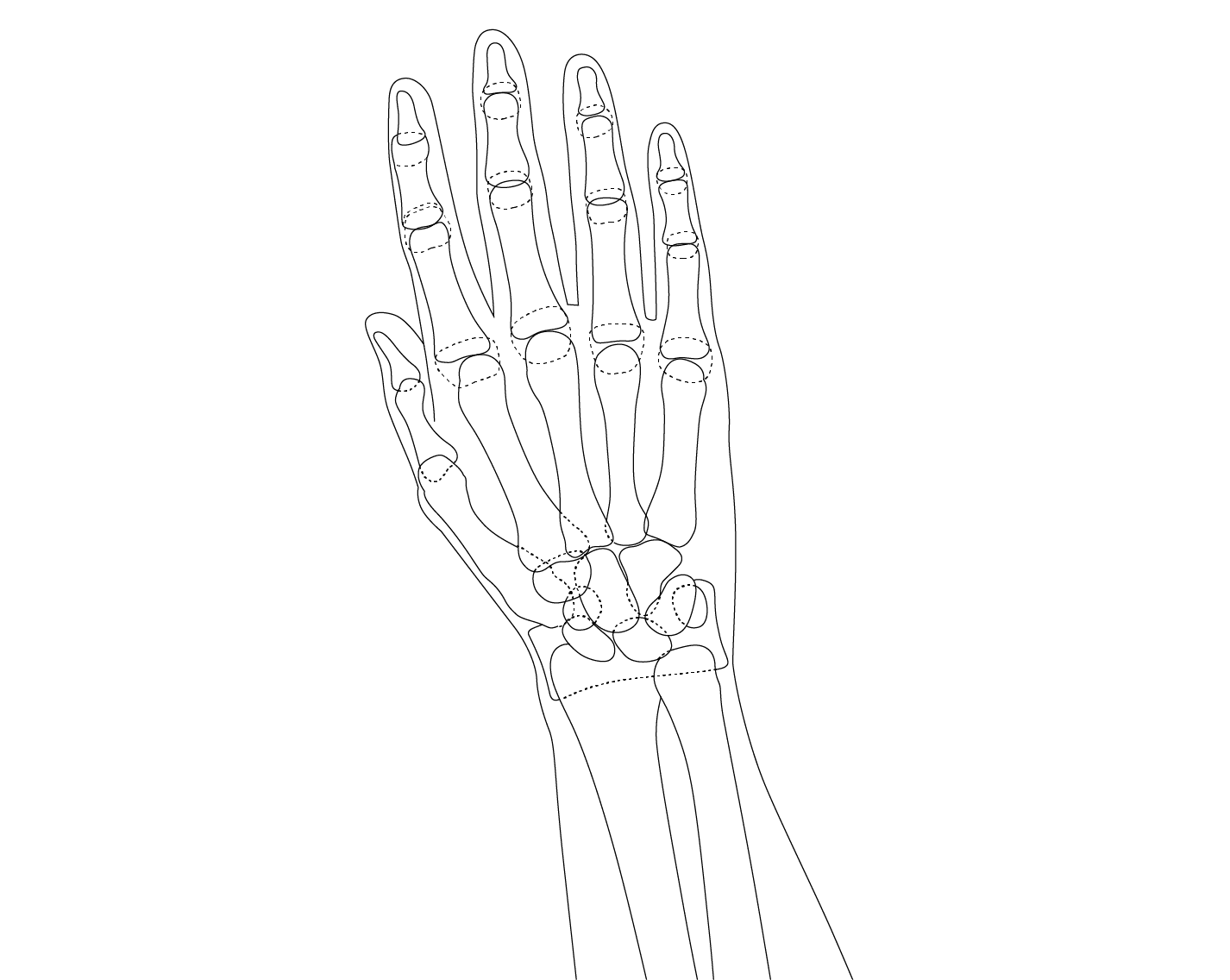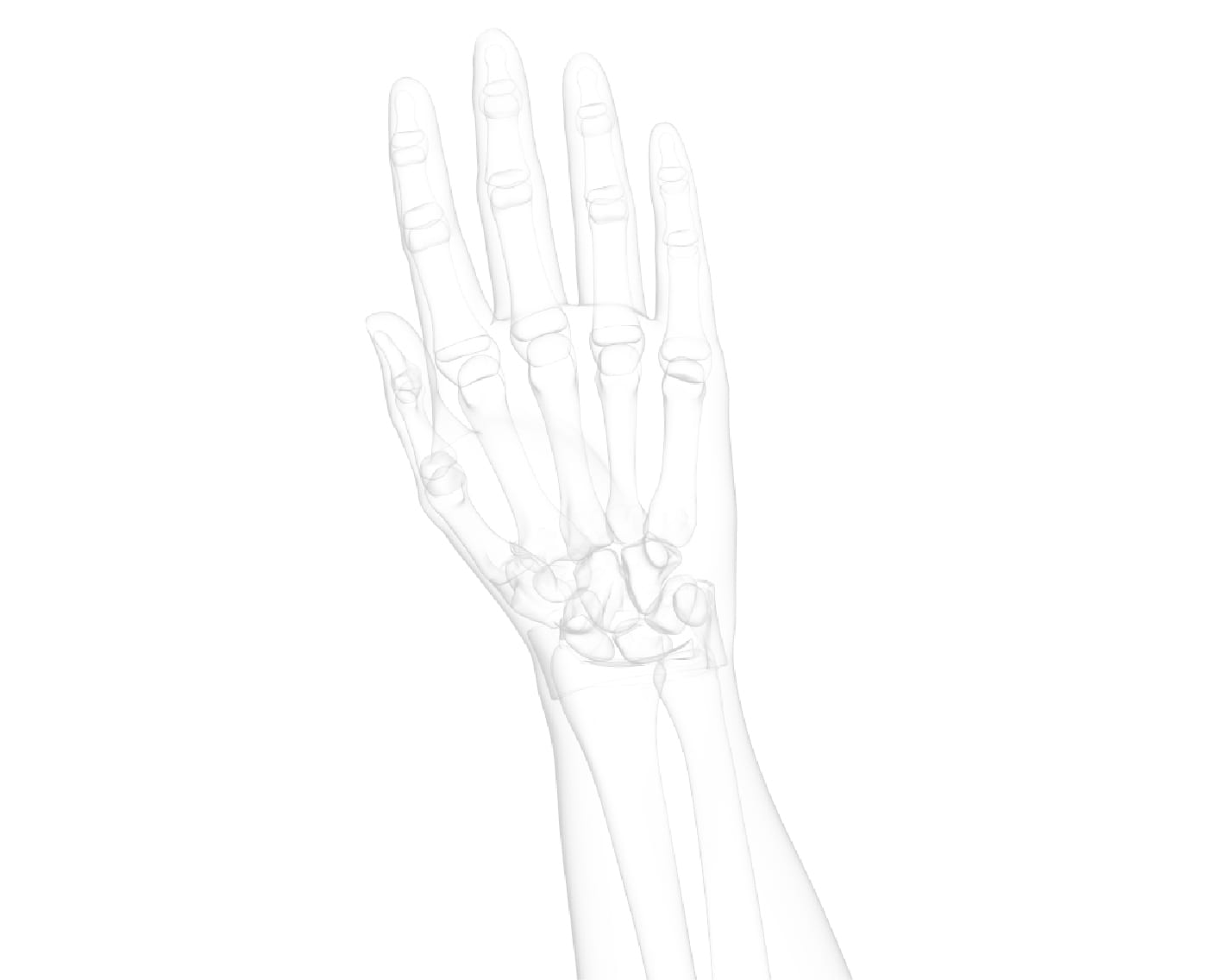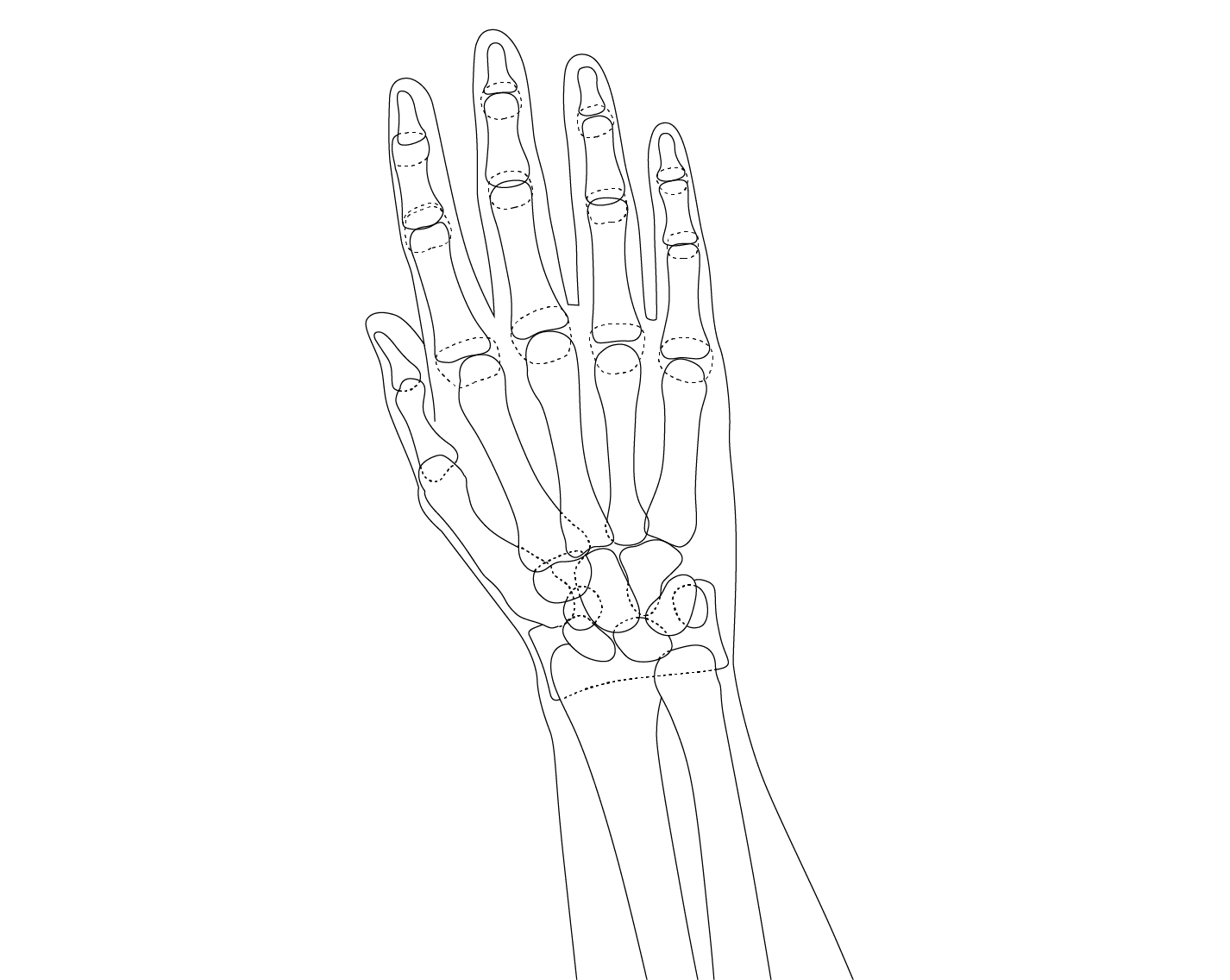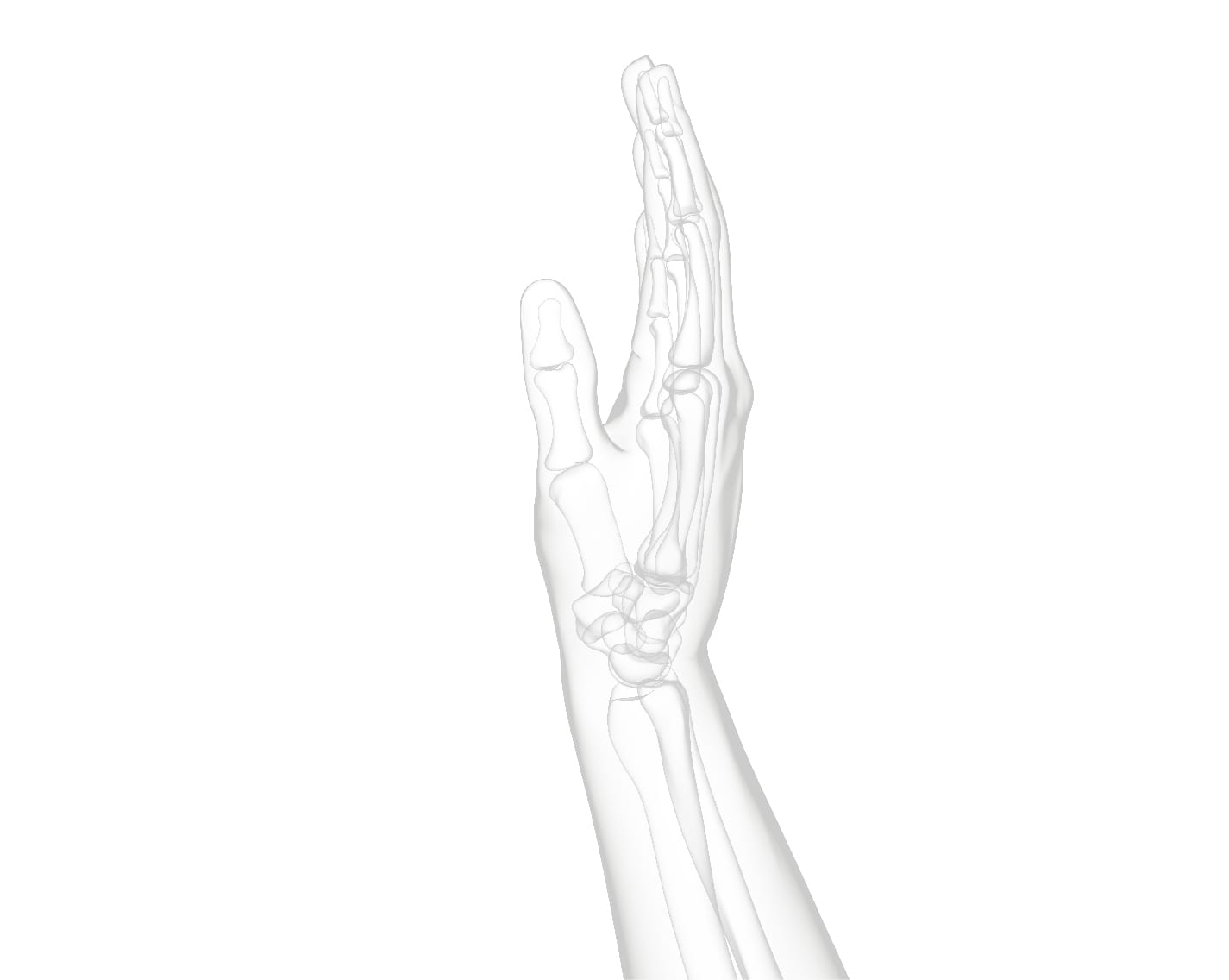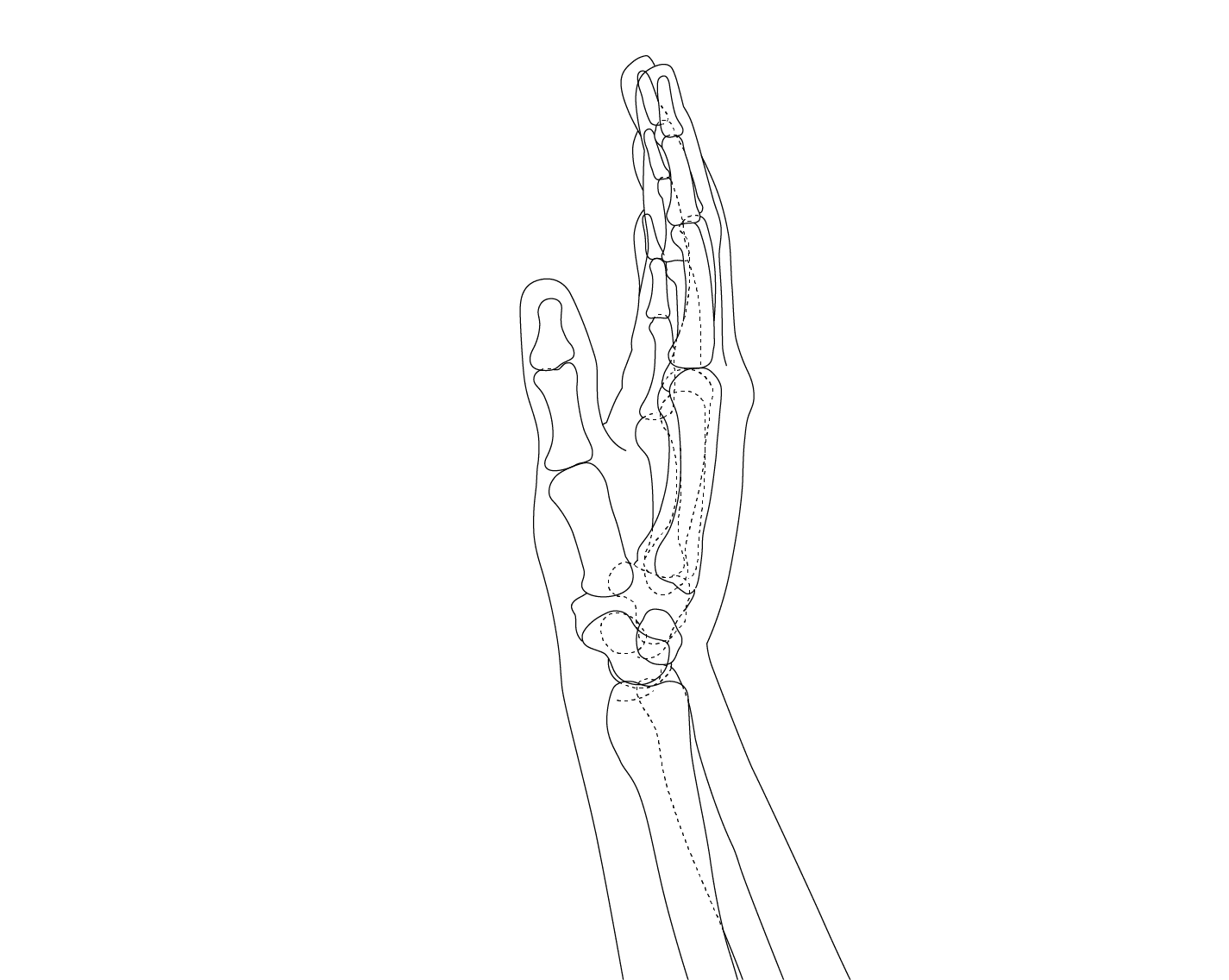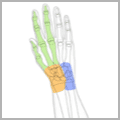Approximately 25 percent of all sports-related injuries involve the hand or the wrist. The hand is an elegant, complex structure that gives us both the ability to do the delicate fine motor work of painting while also providing a powerful grip to wield a hammer. Human beings are fortunate in that we have, in the absence of injury, an interconnected network of bones, ligaments, tendons, nerves, and blood vessels that allow our four fingers and opposable thumb to work together seamlessly to do tasks both big and small.
While the shoulder and the knee may be commonly thought of first in any treatise on sports trauma, hand and wrist injuries in sport are exceedingly common and can have a significant impact on athletic performance, especially if initially disregarded or mismanaged, with a resultant delay to appropriate diagnosis and treatment.
Hand and wrist injuries in athletes can be broadly categorized into traumatic (from an injury) and chronic (from repetitive overuse) subsets.
Traumatic injuries are most likely to occur during contact sports such as football, rugby, lacrosse, basketball, hockey, wrestling, etc. They are the result of sudden or repetitive hand/wrist trauma and encompass injuries such as: fractures and dislocations of the finger, hand, and wrist bones, as well as soft-tissue ruptures of the thumb ulnar collateral ligament, scapholunate (SL) ligament and triangular fibrocartilage complex (TFCC) in the wrist, and the finger flexor and extensor tendons.
Overuse injuries are most common in athletes who participate in club, racket, or bat-handling sports that involve repetitive wrist motion, such as golf, tennis, and baseball. These injuries often can be as debilitating as their traumatic counterparts and occur throughout the tendons and nerves of the hand and wrist; conditions such as finger flexor tenosynovitis (trigger finger), wrist tenosynovitis, and carpal tunnel syndrome.


